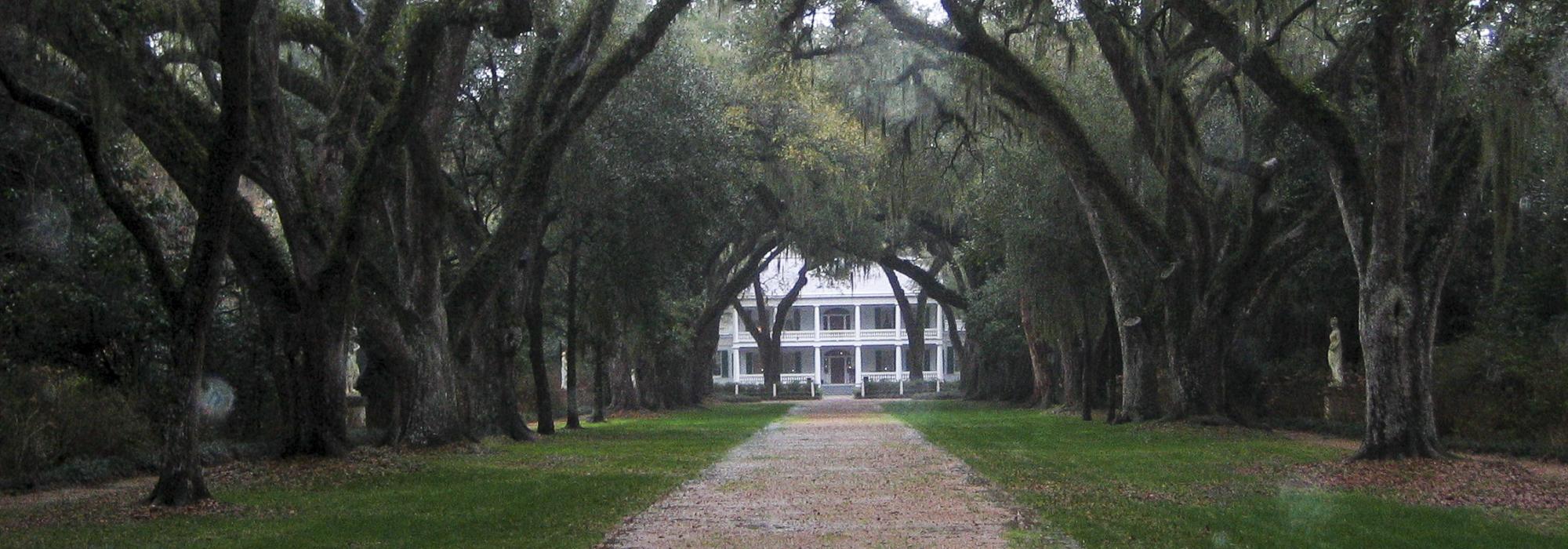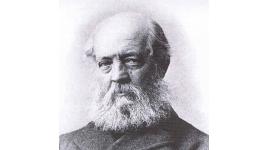Spying on the South: An Odyssey Across the American Divide
Editor’s Note: It is with great sadness that TCLF notes the passing of Tony Horwitz on May 27, 2019, at the age of 60. The following Q&A was undertaken just days before his unexpected death from cardiac arrest in Washington, D.C. Horwitz’s books have informed, entertained, and enlivened history for audiences nationwide, and his latest work, thoughtfully discussed below, will certainly be no exception.
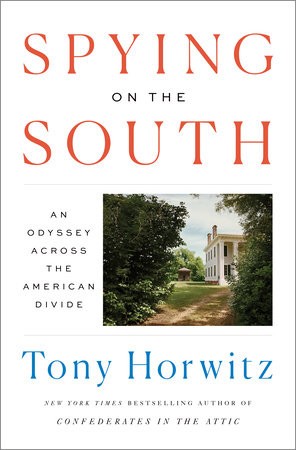
In Spying on the South: An Odyssey Across the American Divide, newly published from Penguin Press, author Tony Horwitz retraces Frederick Law Olmsted’s travels through the pre-Civil War South as a journalist for the New York Times. Horwitz chose to travel, as Olmsted did, by rail and waterways, from Appalachia to Texas. Along the way, he encountered struggling small towns, rural landscapes, and a segment of America not often in the limelight. In this fascinating book, Horwitz weaves together his contemporary observations with those of Olmsted from some 160 years ago, revealing new insights about a journey that shaped the father of American landscape architecture. The following Q&A with Horwitz explores Olmsted’s early career as a farmer and journalist, his changing views on slavery, and past social divisions that seem to persist in the present.
What initially drew you to follow in Olmsted’s footsteps?
In reading Olmsted’s writing about the South, I was struck by its vividness and relevance. He called himself an “honest growler,” tough but fair-minded, and intent on making sense of the South for himself as the nation pulled apart in the 1850s. He’s also exceptionally intrepid, open to every kind of encounter and adventure. I identified with his mission and spirit and was drawn to taking a parallel journey; what he saw then and what I’d see 160 years later, at another moment of national division.
What, in your opinion, made Olmsted a good journalist?
Many Northern travelers of that day (and since) were essentially on a Southern safari. They approached the region as an exotic, sultry realm filled with strange creatures, or as a backward and benighted land in desperate need of Northern enlightenment. Olmsted, by contrast, sought “matter of fact matter,” firsthand observation, and ground-level understanding of Southerners from all walks of life. He wrote that his best sources weren’t “leading men” but rather the ordinary folk he met in their homes, workplaces, churches, and often in third-rate taverns and “grog shops.”
Why did Olmsted choose “yeoman” as a pen name?
Yeoman, in the nineteenth century, connoted a sturdy, self-reliant tiller of the land, the Jeffersonian bedrock of American society. This suited Olmsted’s self-image and perspective as a proudly independent farmer with a particular interest in the South’s slave-based agriculture. He ultimately concluded that the South lacked a yeomanry of the sort he idealized, and he cast poor whites in feudal terms, as a “dead peasantry.”
How did Olmsted’s Staten Island farm, which is now endangered, inform his travels?
In reality Olmsted was less a yeoman than a gentleman farmer, and his ambitions were too lofty to remain one. He went South, in part, to escape farm life on Staten Island and see if he could make it as a writer. Once on his journey, he often drew on his Staten Island experience in judging the South’s agriculture. For instance, he compared the cost and efficiency of forced labor to the free labor he and other Northerners hired on their farms, and he wrote that slavery wasn’t just immoral, it was stunting the South’s economy and progress.
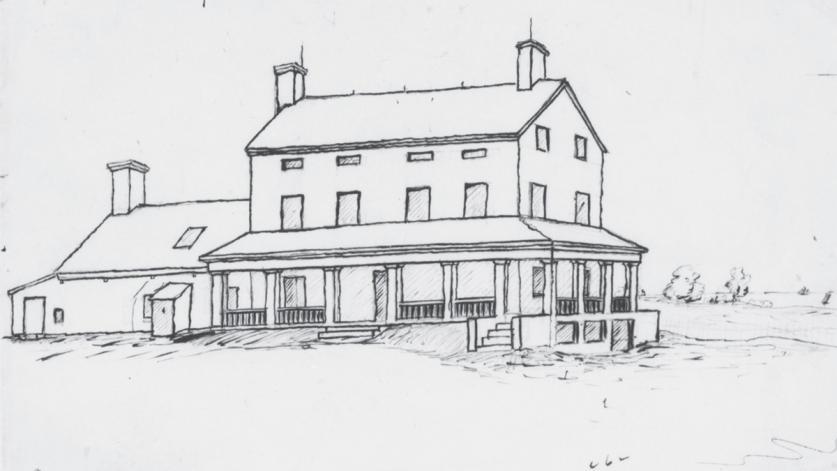
How did Olmsted’s journeys through the South change him? Did these travels inform his subsequent career as a landscape architect?
Olmsted was discovering himself as he discovered the Southern half of his country. He returned a much more ardent foe of slavery, and with new ideas about how to oppose it. Rather than preach to slaveholders, who weren’t listening anyway, Olmsted decided the North should reform and fortify its own house by creating democratic spaces that would assimilate and uplift Americans of all classes and backgrounds. This vision propelled him toward Central Park and informed his design of it. Olmsted’s Southern travels also honed his eye for nature and introduced him to landscape elements that he would incorporate into his parks and other work. In later years, he frequently referenced his Southern journey as formative to his professional development.
There seem to be varying opinions on whether Olmsted was an abolitionist. What did your research show?
He was definitely not one at the time of his Southern travels in the early 1850s. Olmsted regarded abolitionists as overly moralistic and absolutist, and he didn’t believe an immediate cessation to slavery was practicable or Constitutional. He instead described himself as a “moderate Free Soiler,” a stance that aligned him with Abraham Lincoln and others who sought to halt slavery’s expansion and bring about gradual emancipation. But Olmsted’s views also evolved, as Lincoln’s did, particularly after secession and the onset of the Civil War. His work during the war, for the Sanitary Commission, made him a Union zealot who wrote in the autumn of 1862, “I want to exterminate the Slaveholders—or rather slaveholding and the state of society founded on it.” Those are the words of an abolitionist, but he came to this position later than many of his New England peers.
There are discussions presently about landscape architects becoming more political. What can landscape architects today learn from Olmsted’s politics?
Olmsted disliked politics per se, particularly when it came to politicians overseeing and meddling in his work. But he certainly had a political vision, and one that was strongly influenced by his time in the South. His contact with slaveholders crystallized his desire to be what he called a “Socialist Democrat” of the European school, meaning that he believed in broad, state-supported uplift of the masses rather than laissez-faire individualism. He saw parks for the people as an essential part of this mission. Olmsted’s commitment to “Socialist Democrat” reform dimmed in later years, as he took private commissions like the Biltmore Estate. But he saw a very public dimension to that work, too. Today, it remains essential that we design and guard landscapes for all, rather than allow them to be the private reserves of a privileged few, or to be exploited for purely economic gain.
What similarities do you see in the societal divide that Olmsted saw and the one you write about some 150 years later? What do you think can help bridge this divide?
The most obvious parallel is the state of our discourse, or discord. As in the 1850s, we’re extremely polarized, our political system appears paralyzed, and there’s a broad loss of faith in our institutions. Invective trumps reasoned debate; we’re mostly shouting at and past each other. This was one reason Olmsted went south. He believed that factual and fair-minded reporting would “promote the mutual acquaintance of the North and South” and enable dialogue. It didn’t work, but I think his mission is still well worth pursuing, as I tried to do in this book. We can all work harder to get outside our media and other “silos,” to meet fellow Americans as individuals rather than as stereotypes, and to recognize our commonalities as well as our differences. Perhaps, as in Olmsted’s day, the impasse is too great to be bridged with civil discourse. But the alternative—angrily venting from our respective bunkers—only deepens hostility and the appeal of those who seek to divide us.
If Olmsted were to retrace his route today, what would he recognize and what would surprise him?
Some of the landscapes he traversed would still be recognizable to him, such as the rugged Allegheny Mountains, the still mostly wild shores of the Mississippi River, untamed pockets of the Louisiana bayou, and parts of the Texas Hill Country he loved and the arid South Texas plain he didn’t. Mostly, though, he’d be struck by the franchise sprawl and despoliation of so much of the South (and the rest of the country). He envisioned and designed suburbs as semi-rural, varied, and New England-like villages, linked to cities by shaded parkways and public transport. Instead, they’ve too often become cookie-cut developments moated off from urban centers by traffic-choked freeways. Olmsted, of course, was a planner, and in traveling the South he often lamented makeshift and “mushroom” development out of tune with the natural surrounds and designed purely for material ends. Unfortunately, that pretty well describes many of our metro areas, particularly in the South, where so much of the growth has occurred in the era of interstates, big-box malls, tract housing, and other developments at odds with Olmsted’s vision.
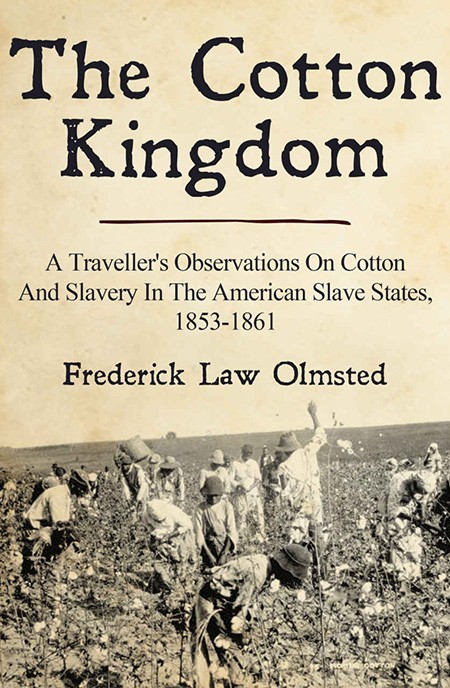
Given that 2022 is the bicentennial of Olmsted’s birth, what parts of his legacy or philosophy are most applicable today?
Colleagues of Olmsted called him “long-headed” because he always took a very long view and envisioned landscapes—even American itself—as they would appear decades hence. A striking example of this occurred in 1864, when he visited Yosemite Valley and recognized that it was a global treasure that would attract a million visitors in a century—he was off by eleven years—and that it should be preserved for the use of all the people, forever. His words went unheeded until the creation of the National Park system, some 50 years later. Needless to say, that kind of vision is sorely lacking in our era of tweet-driven news cycles. We’re shrunken-headed by comparison to Olmsted.
Olmsted’s primary legacy is that of a landscape architect, but what was his legacy as a journalist?
Olmsted wrote more than 60 long dispatches from the South for the New York Times and other outlets and then reworked and expanded on his reporting in several books, which were combined to create The Cotton Kingdom. This writing found a very wide and influential audience, winning praise from the likes of Harriet Beecher Stowe, Charles Dickens, and Charles Darwin. But the books sold modestly, Olmsted moved on to landscape architecture, and by the twentieth century, his Southern reporting was little known except to a small group of scholars. That changed in 1953, when Knopf reissued The Cotton Kingdom with a glowing introduction by the historian Arthur Schlesinger, who called Olmsted’s work “indispensable” and “a uniquely candid and realistic portrait of the pre-Civil War South.” Thereafter, The Cotton Kingdom became a staple for research on the South, slavery, and the coming of the Civil War, and a fixture in college curricula. Outside the academy, those influenced by Olmsted included Malcolm X, who read his writing about slavery while in prison. Olmsted’s renown as a chronicler of the South has also brought criticism, mainly from historians who feel he miscast slave plantations as backward and inefficient rather than as cruelly profitable cogs of the global economy. But his Southern writing remains an important source for scholars and students, as well as for biographers seeking insight into Olmsted’s development.
What questions would you want to ask Olmsted if you could?
Oh, so many, beginning with Fred’s turbulent romantic life. He became engaged a year before going South, but his fiancé broke it off due to an unexplained “revulsion of feeling.” What was that all about? Did you purposefully drive her away, as your father suspected? If so, why?
Olmsted also takes his tubercular brother John along for part of his Southern travels and goes on to marry John’s widow, Mary. She and Fred had first met years earlier, as neighbors on Staten Island. At that time, Mary found him argumentative and lacking in whimsy, while Fred described her as pretty, bright, and too sharp-edged, “just the thing for a rainy day” but not to fall in love with. Did you marry from a sense of obligation to John, who wrote from his deathbed urging you to care for Mary? Did you bond through shared mourning? Or was there a genuine romantic spark? How did you navigate this fraught and rather incestuous situation, including the nieces and nephews who became your adopted children? And to what degree were you haunted throughout your life by what appears to have been an unrequited quest for “infinity” in love?
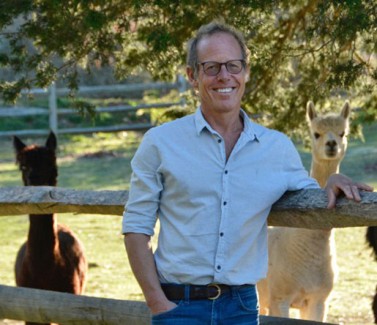

Tony Horwitz was a native of Washington, D.C., and a graduate of Brown University and Columbia University’s Graduate School of Journalism. As a newspaper reporter he spent a decade overseas, mainly covering wars and conflict in the Middle East, Africa, and the Balkans for the Wall Street Journal. Returning to the United States, he won the Pulitzer Prize for national reporting and wrote for The New Yorker before becoming a full-time author.
His books include the national and New York Times bestsellers Confederates in the Attic, Blue Latitudes, Baghdad Without a Map, and A Voyage Long and Strange. Midnight Rising was named a New York Times Notable Book in 2011 and one of the year’s ten best books by Library Journal.



